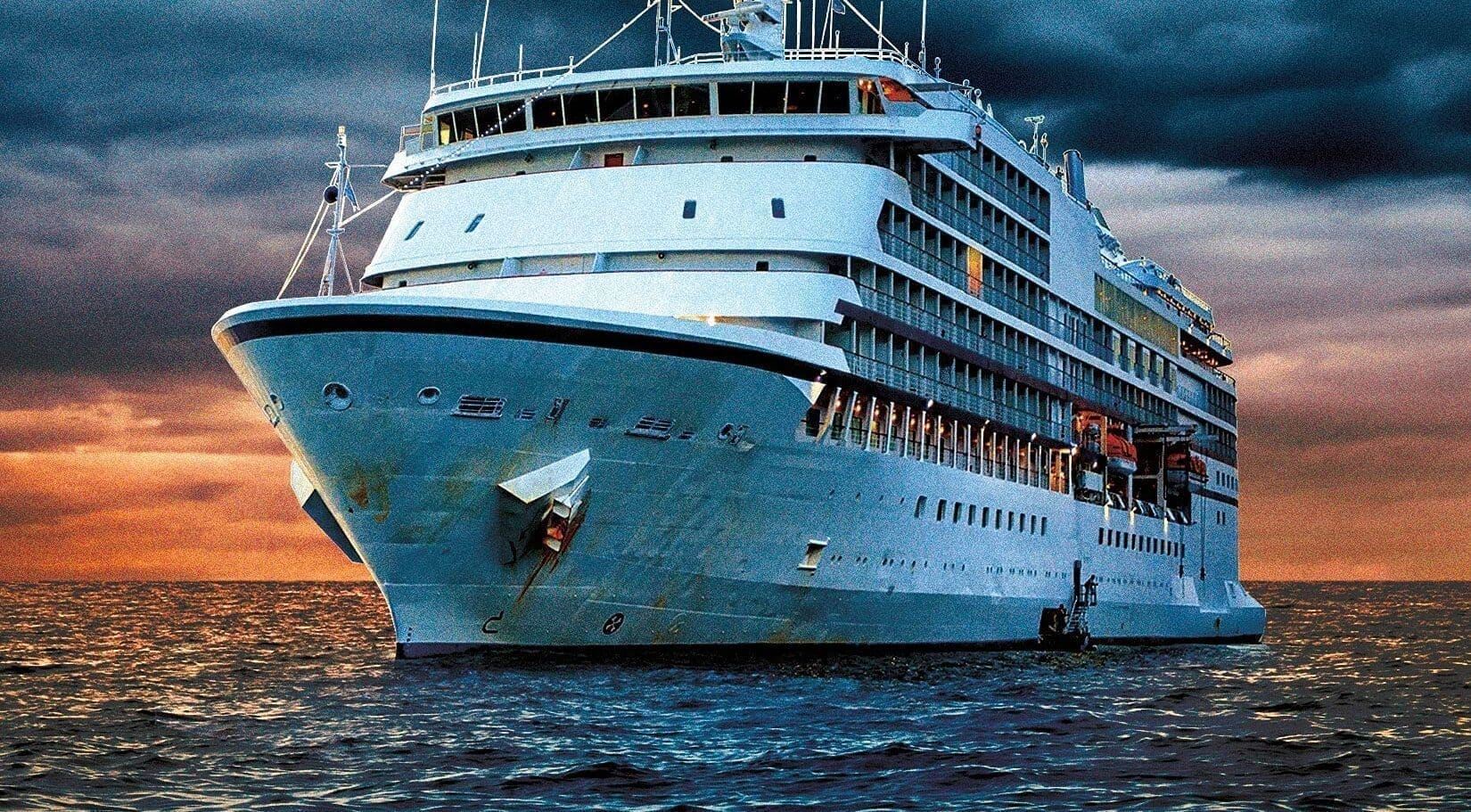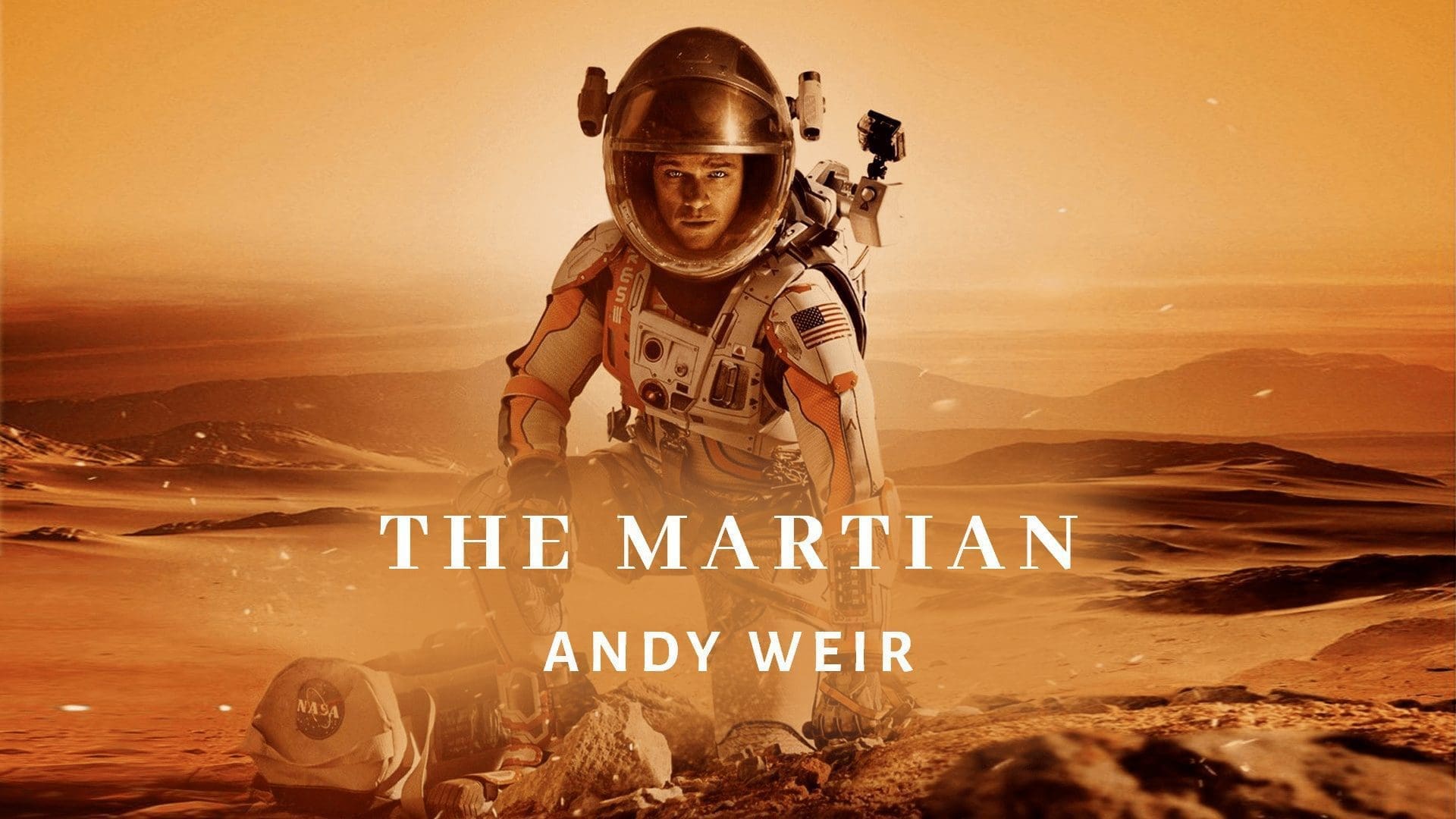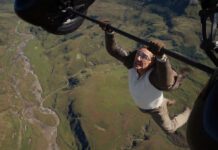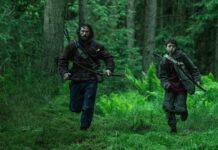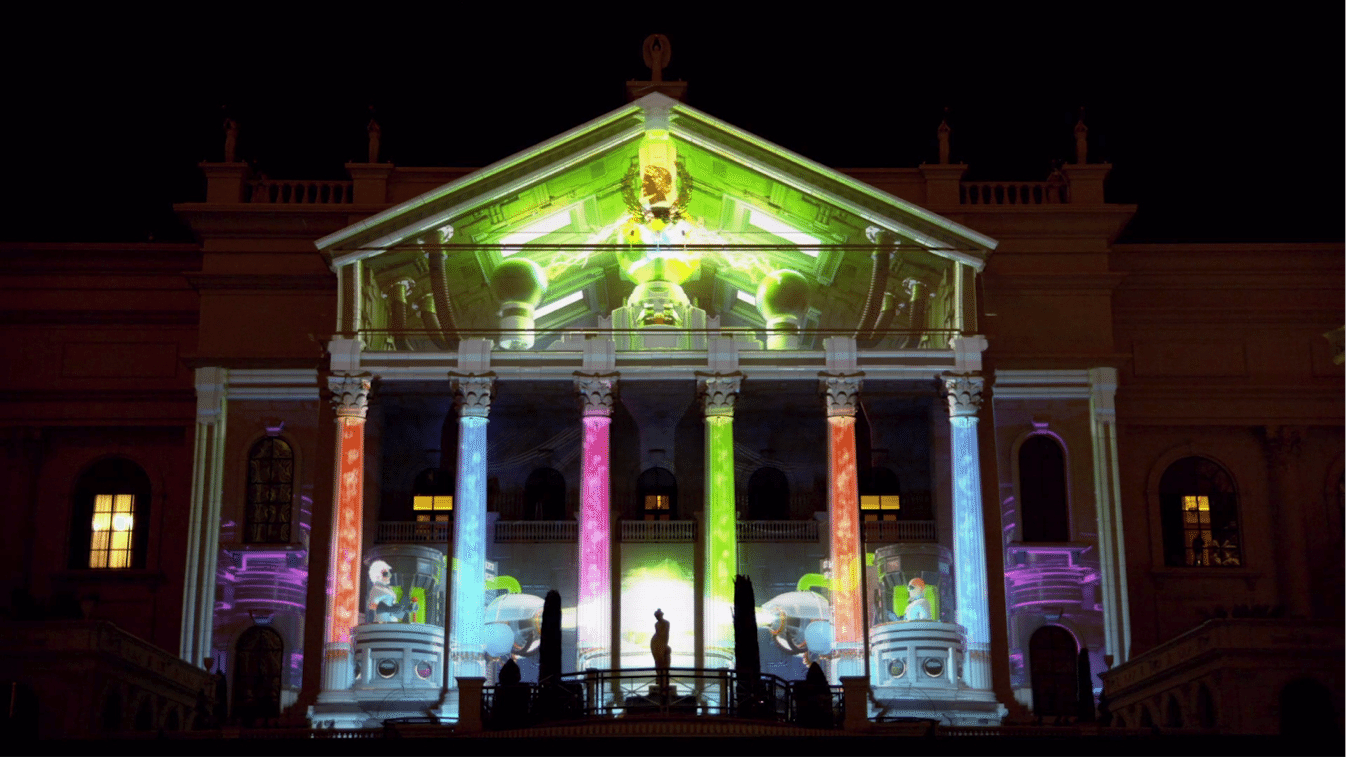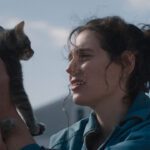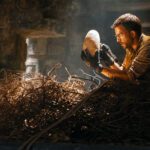How Projection Mapping Can Be Used to Transform:
A case study on Projection Mapping Caesar’s Palace
In the last decade, we have seen the size and shape of the screens on which we view media change dramatically. We have gone from creating content for 4:3 Standard Definition televisions, to 16:9 HD screens, to jumbotrons and giant trade show LCDs. But one of the most interesting “screens” that has been gaining prominence is architecture. Known as projection mapping, the idea is to cast an image or video onto a physical surface with a projector—which can quickly become complicated when the surface isn’t flat.
Leading up to Cinemacon 2014, our company, Fivestone Studios, was approached by DWP Live with the opportunity to create content for an immersive projection mapping event they were putting on at the convention. DWP Live’s client, Barco—a global tech company that designs and develops products encompassing the entire visualization spectrum—was hosting a VIP party at the Bacchus Pools at Caesar’s Palace and wanted a jaw-dropping experience to entertain guests. We were blown away by the opportunity, but also understood the challenges involved and planning necessary to create content for a project of this size. We focused specifically on content for the projection, while DWP Live applied their advanced tools and talent to warp and shape images to fit the surface.
First, we had to come up with a concept that would fill four minutes with amazing, attention grabbing content that met client approval. We held several conference calls, hit the drawing board and—after a lot of pencil lead and paper—had approved storyboards and a concept that our client was excited about. The ‘Evolution of Entertainment’ was chosen as the theme for this grand event. (The storyboards can be found here).
Second, we had to be as accurate as possible. Most projection mapping projects don’t give you the opportunity to see how your projection looks on the actual building until a few days (sometimes maybe even one day) before the event. This can be a real nightmare unless you’re working off of a highly detailed model during the creation stage. We worked closely with the team at DWP Live, and they provided us an accurate-to-the-inch, laser-scanned 3D model of the section of Caesar’s Palace we would be mapping. We used this as the foundation for all our FX and technical wizardry.
Barco Architectural Projection 2014 from Fivestone Studios on Vimeo.
DWP Live and Fivestone Studios partnered to create an architectural projection at Cinemacon for Barco to showcase their new theatre technology.. The site is Ceasars Palace in Las Vegas. DWP Live used Pandora’s box and Barco Projectors to project onto the building. Fivestone Studios’ creative team used Cinema 4D and After Effects for visual content and Ableton Live for sound design, scoring, and mixing.
Next, once the storyboards were approved, it was time for us to start creating. Our deadline was just over four weeks away, and we had a very intense month of production ahead of us. We would create five unique 3D scenes, including Magic Show, Carnival, Film Factory, Mad Lab and Finale. We also had multiple characters in each scene (you can check out some of the 3D WIP stills here). Our team of six artists began animating each scene using Cinema 4D for 3D and Adobe After Effects for compositing, color correction and final output. Our 150 core render farm helped speed up the rendering process, allowing us to create over four minutes (or 7200 frames) of animation at a resolution of 3840 X 2160 (four times the resolution of HD). Our sound designer used Ableton Live to design SFX, custom music and edit tracks needed for the audio bed.
After we had the materials together, we began the mapping process. Just days before the event, the final animation frames rendered off, and I jumped on a plane to Las Vegas. Meanwhile, DWP Live was setting up eight Barco projectors and a pair of Coolux Pandora’s Box Pros (delivering a total of four HD outputs). These servers were controlled and kept in time by a custom-built Media Manager, which also played back audio in sync. The Pandora technology provided all the processing and mapping power to break our animation into multiple sections for the various facades of the building. Each piece was warped into place matching the features of the content perfectly to the building’s architecture.
Finally, the night of the projection arrived and it was time for us to show our stuff. Our team was tired from long nights of getting everything lined up and tested, and wired with the rush of a huge impending performance. But we felt confident about what we had created alongside DWP Live, and hoped that all the hard work would pay off. As the opening scene lit up the building and the sound track boomed across the Bacchus Pools of Caesar’s Palace, I could see from the jaws dropping and ‘oohs and ahs’ of the guests and our clients that we had accomplished our goal.
A video of the final project can be seen here. Feel free to check it out and judge for yourself.
About the author:
Traylor Woodall is the Founder and Executive Director of Fivestone Studios, a boutique design and production studio based in Nashville, Tennessee that creates innovative experiences for broadcast, film, events and online.
he/him • aapi • intj • geek • photographer • journalist • podcaster • martial artist • foodie • dj • cinephile • gamer • traveler












